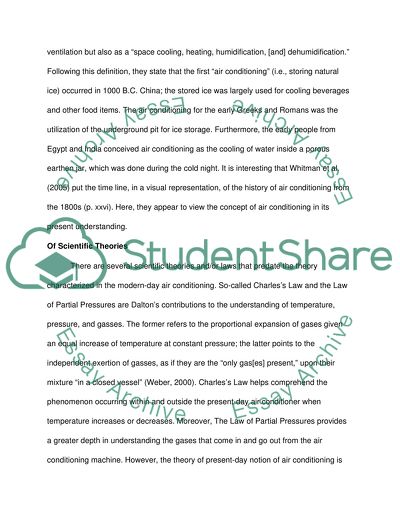Cite this document
(“The history of a technology Research Paper Example | Topics and Well Written Essays - 1500 words”, n.d.)
Retrieved from https://studentshare.org/family-consumer-science/1406801-the-history-of-a-technology
Retrieved from https://studentshare.org/family-consumer-science/1406801-the-history-of-a-technology
(The History of a Technology Research Paper Example | Topics and Well Written Essays - 1500 Words)
https://studentshare.org/family-consumer-science/1406801-the-history-of-a-technology.
https://studentshare.org/family-consumer-science/1406801-the-history-of-a-technology.
“The History of a Technology Research Paper Example | Topics and Well Written Essays - 1500 Words”, n.d. https://studentshare.org/family-consumer-science/1406801-the-history-of-a-technology.


